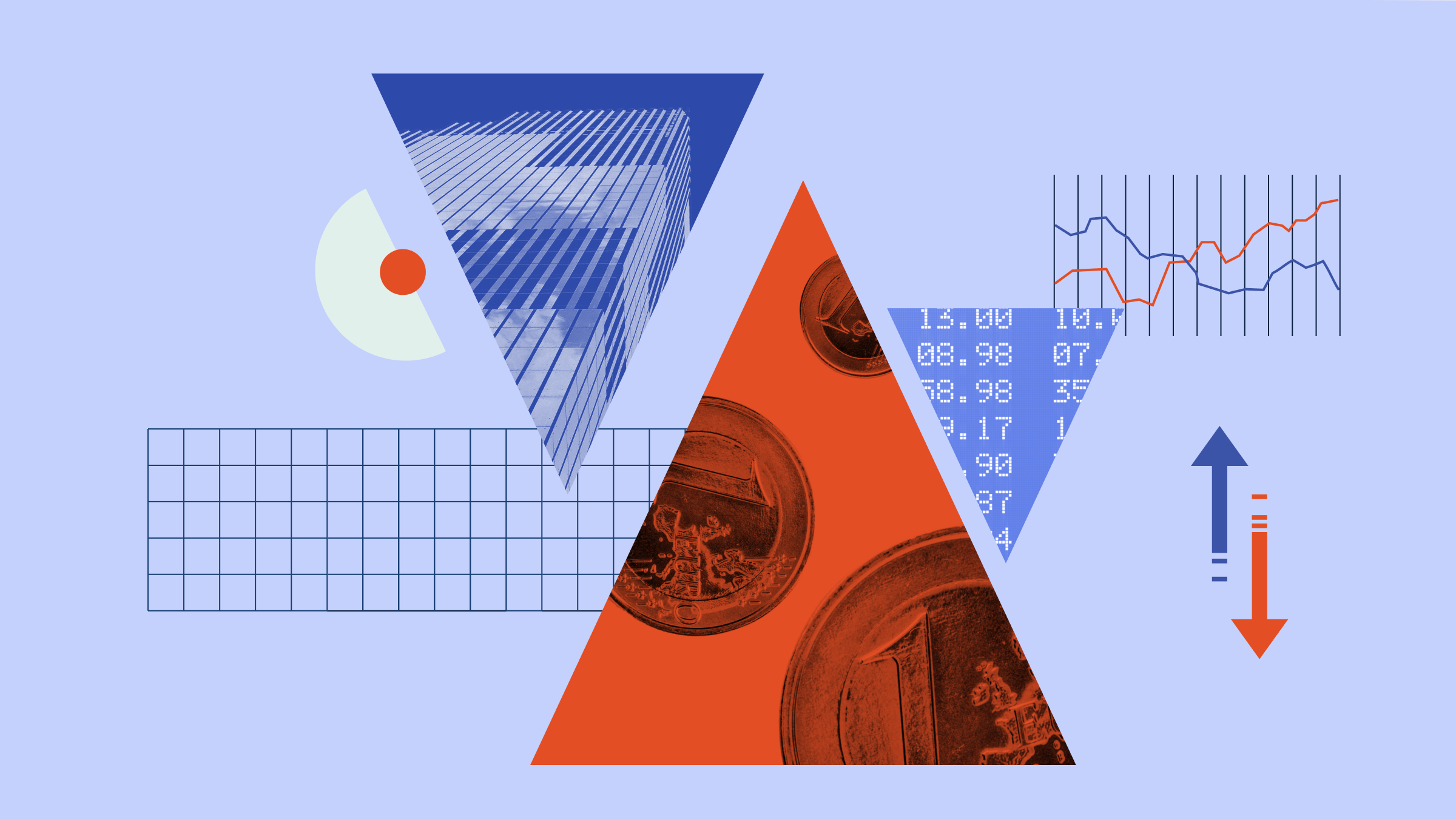ETFs are funds that are traded on a stock exchange like shares. They are a pooled investment fund, where an individual can gain exposure to a particular index or commodity, providing the investor with the same returns as the underlying market.
There is an extremely wide range of ETFs available to the investor, who can invest in things as diverse as soy beans, forestry and timber, as well as a FTSE 100 tracker or corporate bond fund ETF.
They are a type of passive investment, meaning there is no asset-selecting fund manager supported by an active management team. Instead, as the process is highly automated ETF fees are very low – less than 0.5% in most cases.
If you want to invest in the overall FTSE 100 Index, you can buy an ETF that will mimic the movements of the FTSE 100. When the FTSE 100 goes up, your ETF will increase in value. When the FTSE 100 goes down, your ETF will decrease in value.
There are two types of ETFs, physically backed and synthetically backed.
Physically backed ETFs mean that you actually hold assets within your fund, for example, the iShares FTSE 100 UCITS ETF (ISF) would hold actual shares in the companies within the FTSE 100. The largest holding in the physically backed ETF would be the largest company in the FTSE 100.
A synthetically backed ETF portfolio does not exactly mirror the index it is tracking. It may hold stocks or bonds found in the index but weighted differently, and part of the portfolio may be managed by a third party.
Synthetically backed ETFs are more complex than physically backed ETFs and for this reason physically backed ETFs have been favoured by investors in recent years.
Although your investment will never underperform the market with an ETF, it will also never beat it. For this reason ETFs are ideal in highly-transparent markets such as the S&P 500, but less suitable for highly volatile opaque markets such as those found in emerging economies where active stock picking can add value.
ETFs trade on the stock market so their prices fluctuate throughout the trading day. You can short them, buy them on margin, or use stop-loss orders to sell them. In brief, anything you can do with a stock, you can do with an ETF. As with stocks, investors also pay commissions to buy and sell ETFs.






























